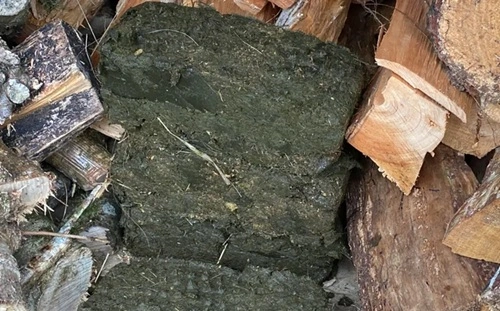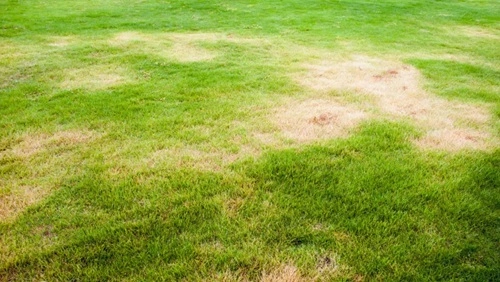Burning dead animals may seem like a quick disposal method, especially in rural or agricultural settings. However, in the United States, the act is heavily regulated under environmental, health, and animal disposal laws. Whether it’s legal depends on how, where, and why the burning occurs. In many cases, burning dead animals without authorization can violate state environmental codes, public health laws, and local fire ordinances.
Here’s a detailed legal explanation:

Federal Law: Environmental and Health Regulations
At the federal level, there is no single law that specifically bans the burning of dead animals. However, several environmental protection laws indirectly regulate the practice.
Under the Clean Air Act (CAA), enforced by the Environmental Protection Agency (EPA), burning animal carcasses can release harmful pollutants, including particulate matter, nitrogen oxides, carbon monoxide, and volatile organic compounds. If the burning creates visible smoke or toxic fumes, it may violate federal air quality standards.
Additionally, if the carcass was contaminated — for example, with disease or chemicals — burning it could violate EPA hazardous waste disposal rules. The agency recommends that dead animals be buried, composted, or incinerated in licensed facilities, not burned openly.
So while it’s not automatically illegal under federal law, open-air burning of dead animals can easily cross into illegal territory if it harms the environment or public health.
State and Local Laws: Where Most Restrictions Apply
Most U.S. states have specific regulations for disposing of animal carcasses, especially on farms, ranches, and roadways. These laws aim to prevent the spread of disease, protect water sources, and reduce air pollution.
Common Legal Disposal Methods (State-Approved):
- Burial – Deep enough to prevent scavenging and contamination.
- Composting – Regulated and environmentally safe for livestock.
- Rendering – Recycling animal by-products at approved facilities.
- Licensed Incineration – Performed in approved cremators or controlled incinerators, not open fires.
Examples of State Laws
- Texas: Allows carcass burning only with a permit and under specific conditions. The Texas Commission on Environmental Quality (TCEQ) forbids open burning of dead animals unless approved as part of a disease-control effort.
- California: Prohibits burning dead animals in open air due to air pollution laws enforced by local Air Quality Management Districts (AQMDs).
- Iowa and Nebraska: Allow burning livestock carcasses on farms only if approved by the Department of Natural Resources (DNR) and conducted using controlled incineration.
- Florida: Bans open burning of animal carcasses without state authorization under Rule 62-256 of the Florida Administrative Code.
In most jurisdictions, open burning without authorization can result in civil fines ($500–$5,000) and even criminal penalties if it causes environmental damage or a fire hazard.
Public Health and Safety Concerns
Burning animal carcasses isn’t just a legal issue — it’s a serious public health risk.
Decomposing animals can contain bacteria, parasites, or toxins that survive incomplete combustion. Improper burning can:
- Spread infectious diseases like anthrax or avian flu.
- Contaminate nearby air, soil, and water sources.
- Create odor and smoke nuisances that affect neighbors.
Because of these risks, local health departments and fire marshals often have the authority to stop or fine individuals who attempt to burn dead animals without proper permits.
Legal Alternatives to Burning Dead Animals
If you’re handling the remains of a pet, livestock, or wild animal, here are lawful disposal methods approved across most U.S. states:
- Veterinary cremation services (for pets and small animals).
- Municipal animal control disposal.
- Rendering facilities for farm animals.
- Composting under agricultural guidelines.
- Burial on private land — typically at least 3–4 feet deep and away from water sources.
Always contact your local agricultural extension office, environmental agency, or public health department to determine the correct and legal method.
FAQs About Burning Dead Animals
Q. Is it illegal to burn a dead animal on your property?
In most cases, yes — especially if done in the open without a permit. Many states only allow controlled incineration or state-approved disposal methods.
Q. Can farmers burn dead livestock?
Sometimes, but only with state authorization and under strict conditions. Farmers must typically prove that other disposal methods (like burial or rendering) aren’t feasible.
Q. What are the penalties for burning dead animals illegally?
Penalties vary by state but can include fines from $500 to $5,000, cleanup costs, and potential criminal charges for environmental violations.
Q. Are there any exceptions for disease outbreaks?
Yes. During livestock disease emergencies (like avian flu or foot-and-mouth disease), state or federal officials may authorize controlled burning as part of disease eradication.
Q. What’s the safest way to dispose of a dead animal?
Use approved incineration, composting, or burial methods, or contact your local animal control or public health department for guidance.
Conclusion
While burning dead animals isn’t explicitly outlawed nationwide, it’s illegal in most cases due to environmental, health, and safety laws. Federal agencies like the EPA and state environmental departments view open burning of carcasses as a form of illegal waste disposal.
If you need to dispose of a dead animal, avoid open burning. Instead, use legal and sanitary methods such as burial, composting, or professional incineration. Always check your state’s environmental regulations before taking action — violating them could result in significant fines and public health liabilities.

